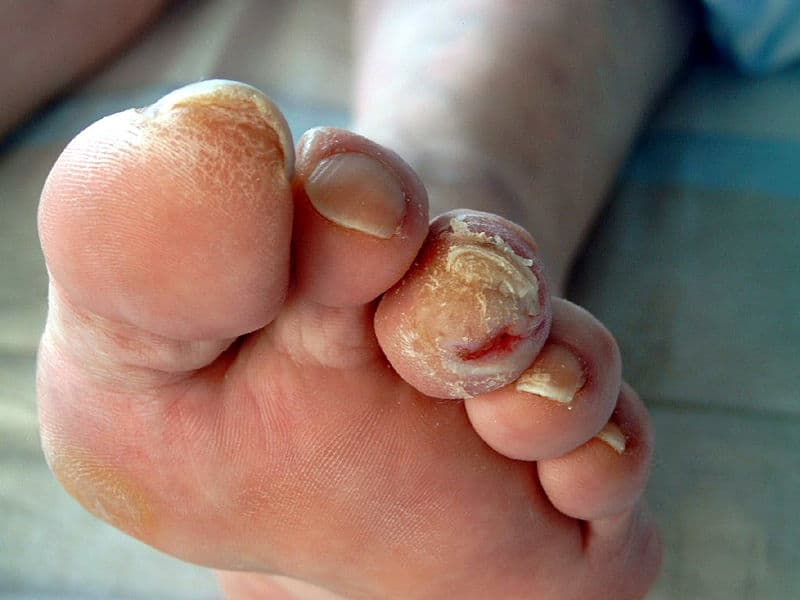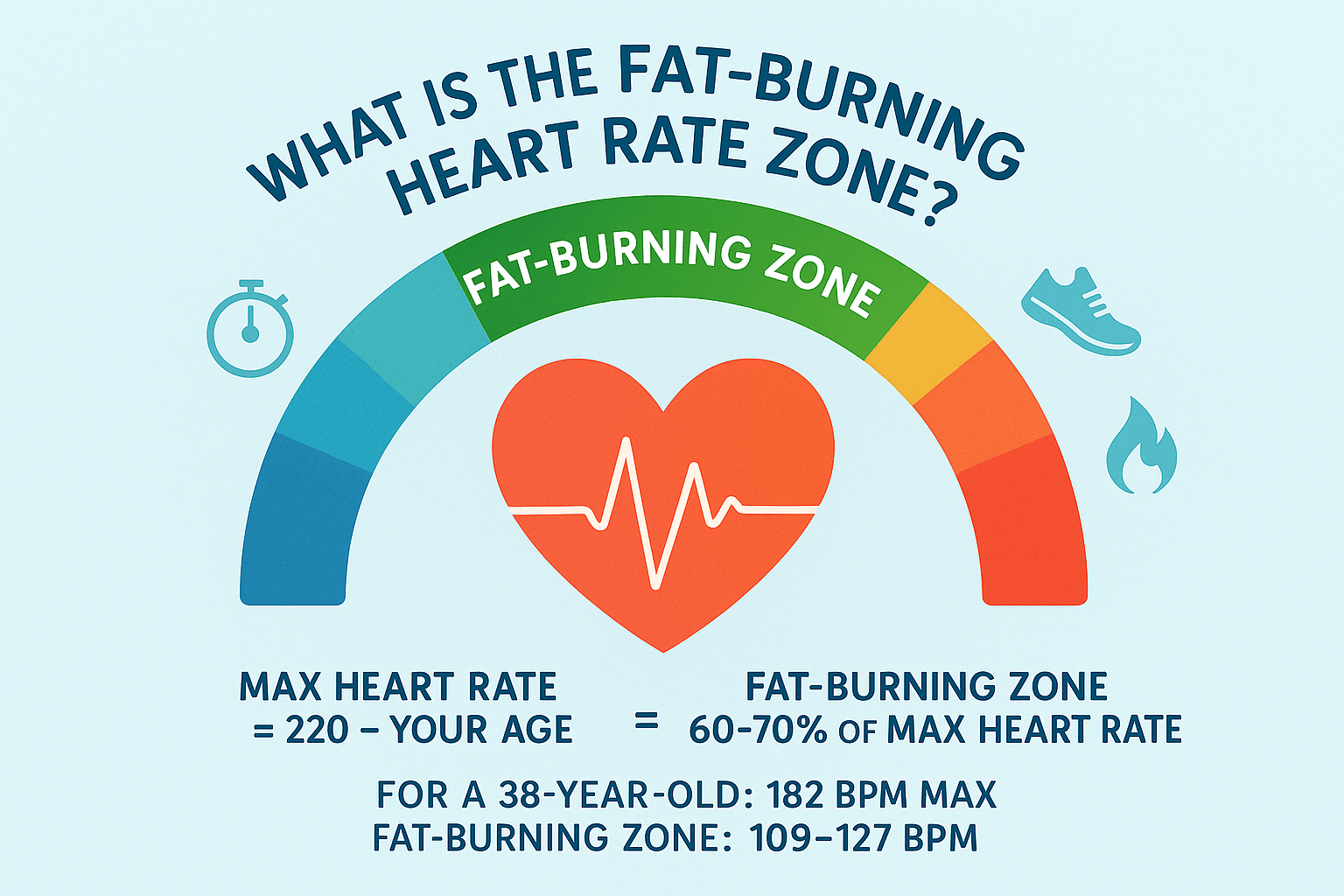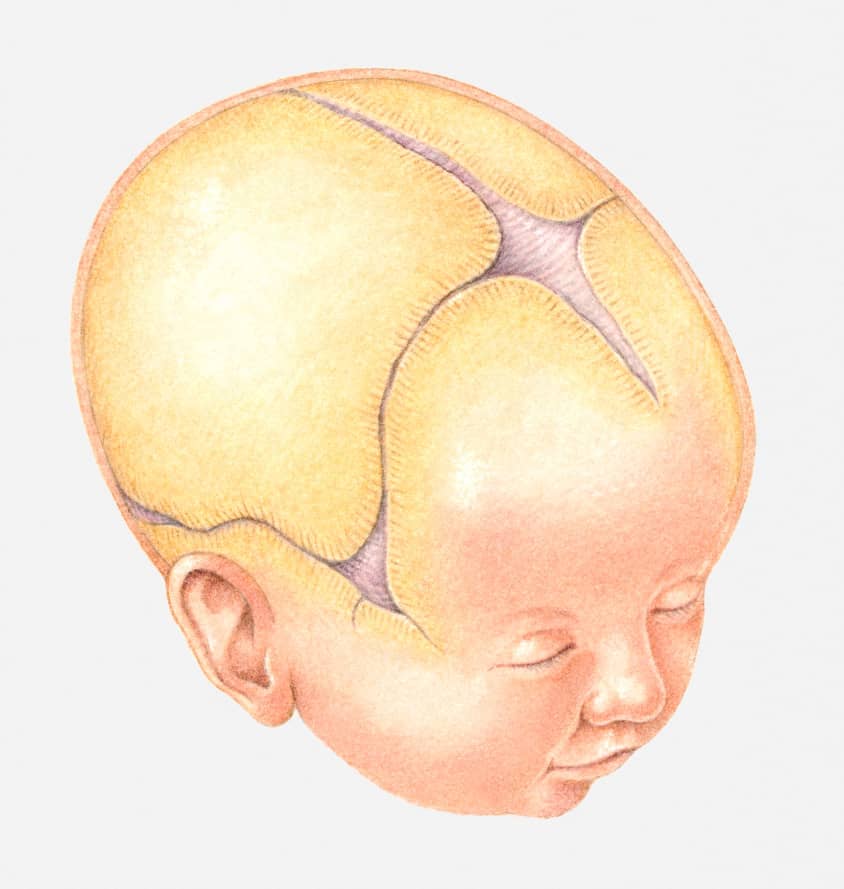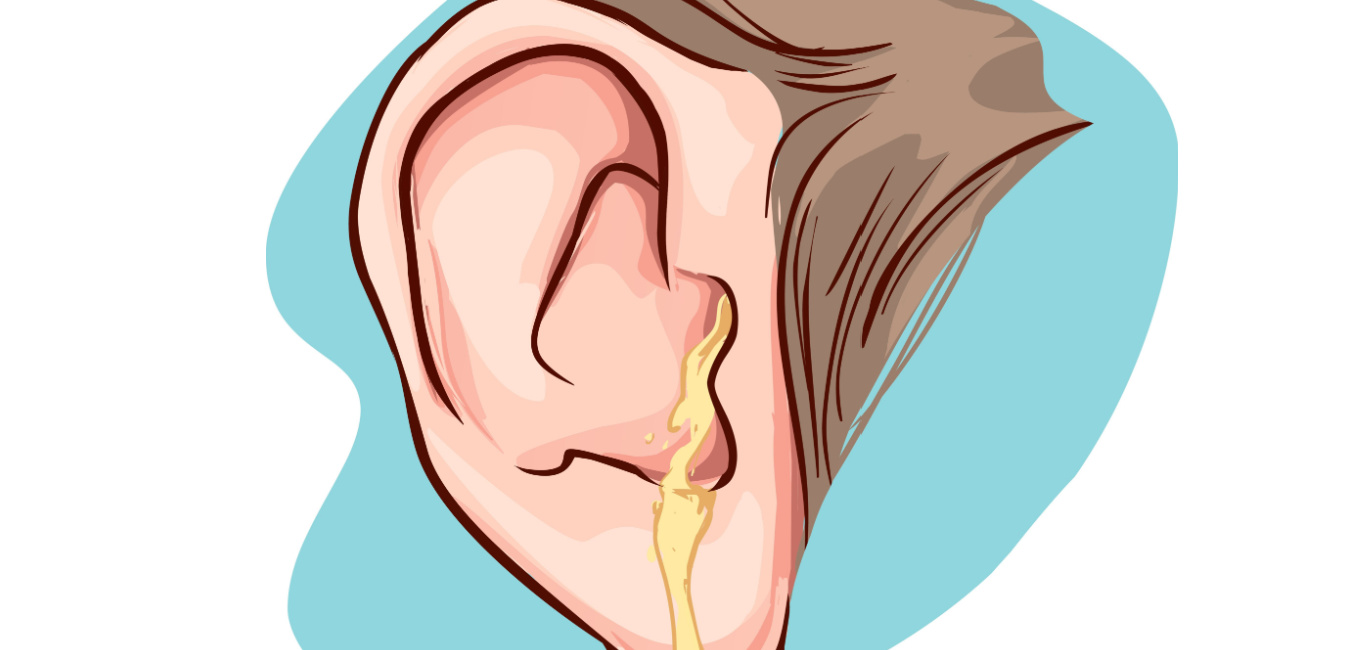Why do diabetics have foot problems? Diabetic foot problems are a major concern for individuals living with diabetes, primarily due to peripheral neuropathy that impairs sensation and peripheral artery disease that reduces blood flow. These factors contribute to slow wound healing, high risk of ulcers and infections, skin changes such as dryness and callus formation, and in severe cases, deformities like Charcot foot that can require immobilization or surgery. Preventative foot care—encompassing daily inspections, proper hygiene, appropriate footwear, regular professional exams, and tight glycemic control—plays a pivotal role in reducing the incidence of serious complications, including lower-limb amputations.
Understanding Diabetic Foot Problems
Peripheral Neuropathy
Peripheral neuropathy develops when chronically elevated blood glucose levels damage the nerves, particularly in the feet, leading to numbness, tingling, or complete loss of sensation. Without feeling, minor injuries—such as cuts, blisters, or abrasions—often go unnoticed and untreated, greatly increasing the risk of infection and ulceration. Up to half of all people with diabetes will develop some form of neuropathy over time, underscoring the need for vigilant foot monitoring.
Peripheral Artery Disease (PAD)
Diabetes accelerates atherosclerosis, causing narrowing of the arteries in the legs and feet, a condition known as peripheral artery disease. Reduced blood flow deprives tissues of oxygen and nutrients, delaying wound healing and heightening the risk of chronic ulcers and infections. Studies show that a significant proportion of people with diabetes also have PAD, dramatically raising the likelihood of foot complications and amputations.
Common Foot Complications
Ulcers and Infections
Diabetic foot ulcers arise when unnoticed injuries break down the skin, creating an entry point for bacteria. Once infected, these ulcers can penetrate deep tissues—even reaching bone (osteomyelitis)—and may necessitate surgical intervention if not managed promptly. Approximately 80% of lower-extremity amputations in diabetes follow non-healing ulcers and infections.
Skin Changes: Dryness and Calluses
Chronic high blood sugar impairs sweat gland function, leading to dry, cracked skin that can fissure and become infected. Moreover, altered foot mechanics and concentrated pressure points promote the formation of calluses and corns, which can evolve into painful ulcers if left untreated.
Charcot Foot and Other Deformities
Charcot foot, or neuropathic arthropathy, occurs when joint-and-bone structures weaken due to nerve damage, causing severe deformities and a “rocker-bottom” foot shape. Without early immobilization and off-loading, continued weight bearing can lead to fractures, dislocations, and further ulceration.
Prevention and Essential Foot Care
Daily Inspection and Hygiene
Examine your feet every day for cuts, redness, swelling, or signs of infection, using a mirror for hard-to-see areas. Wash with warm (not hot) water and gentle soap, then dry thoroughly—especially between the toes—to maintain skin integrity.
Proper Footwear and Moisturization
Wear well-fitted, supportive shoes and moisture-wicking socks to prevent friction and pressure points. Apply a non-perfumed moisturizer daily—avoiding the spaces between toes—to keep skin supple and reduce the risk of cracks.
Regular Professional Care
Have a comprehensive foot exam by a podiatrist at least once a year—including vascular and neurological assessments—and more often (every 3–4 months) if you’re at higher risk. Professional trimming of calluses and treatment of minor lesions helps avoid more serious problems.
Glycemic Control and Lifestyle
Maintaining blood glucose within target ranges (generally 80–130 mg/dL before meals) is fundamental to preventing nerve and vascular damage. A balanced diet rich in whole grains, lean proteins, and healthy fats, along with regular physical activity, supports healthy circulation and overall foot well-being.
Conclusion
Foot problems in diabetes stem from a combination of neuropathy and circulatory impairment, which together create a high-risk environment for ulcers, infections, and deformities. By integrating daily self-care routines, appropriate footwear, professional podiatric oversight, and stringent blood sugar management, individuals with diabetes can significantly reduce the risk of severe complications—and avoid the dire consequences of amputation. Vigilant foot health is not an optional extra but a cornerstone of comprehensive diabetes care.













